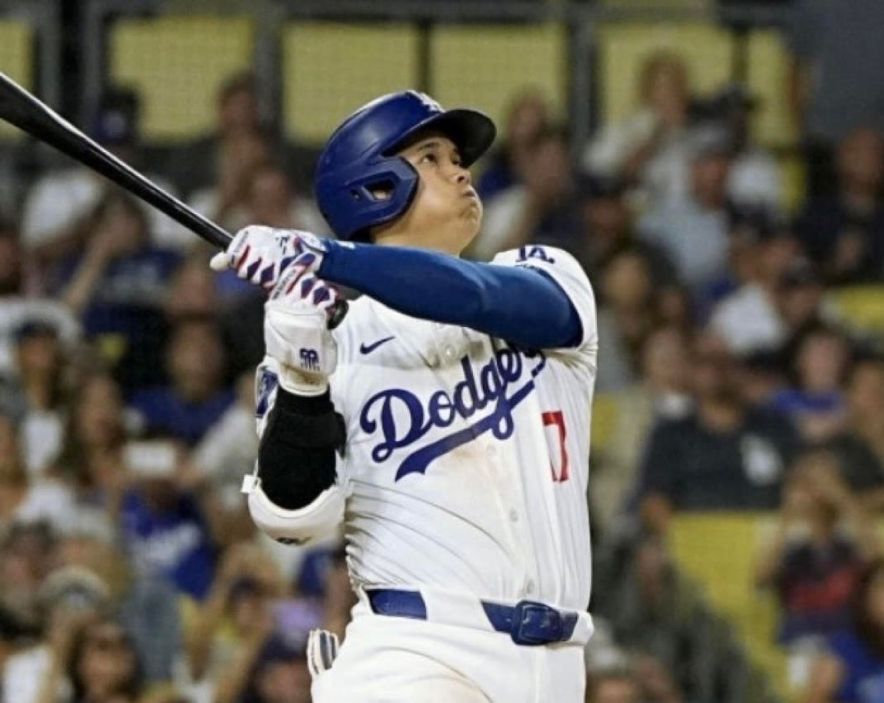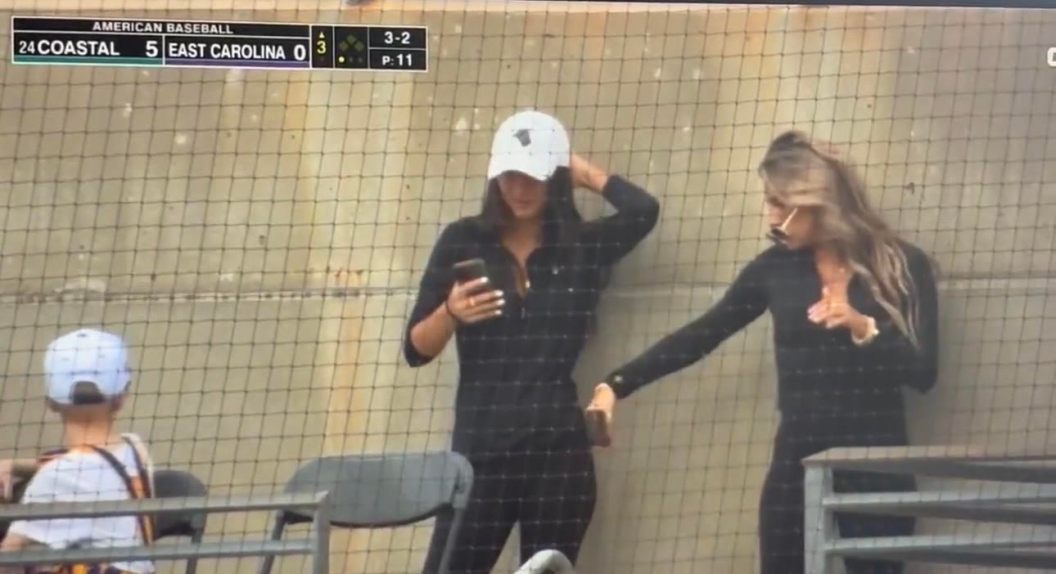
Fired Nuggets Head Coach Mike Malone Takes Alleged Shots At His Former Star Player Nikola Jokic With Updated MVP Take
Just ahead of the 2024-25 NBA playoffs, the Denver Nuggets made the decision to fire championship head coach Mike Malone, and since his departure he landed a gig on ESPN. Michael Malone on ESPN?!?! pic.twitter.com/2xeH7L5igs —



























































